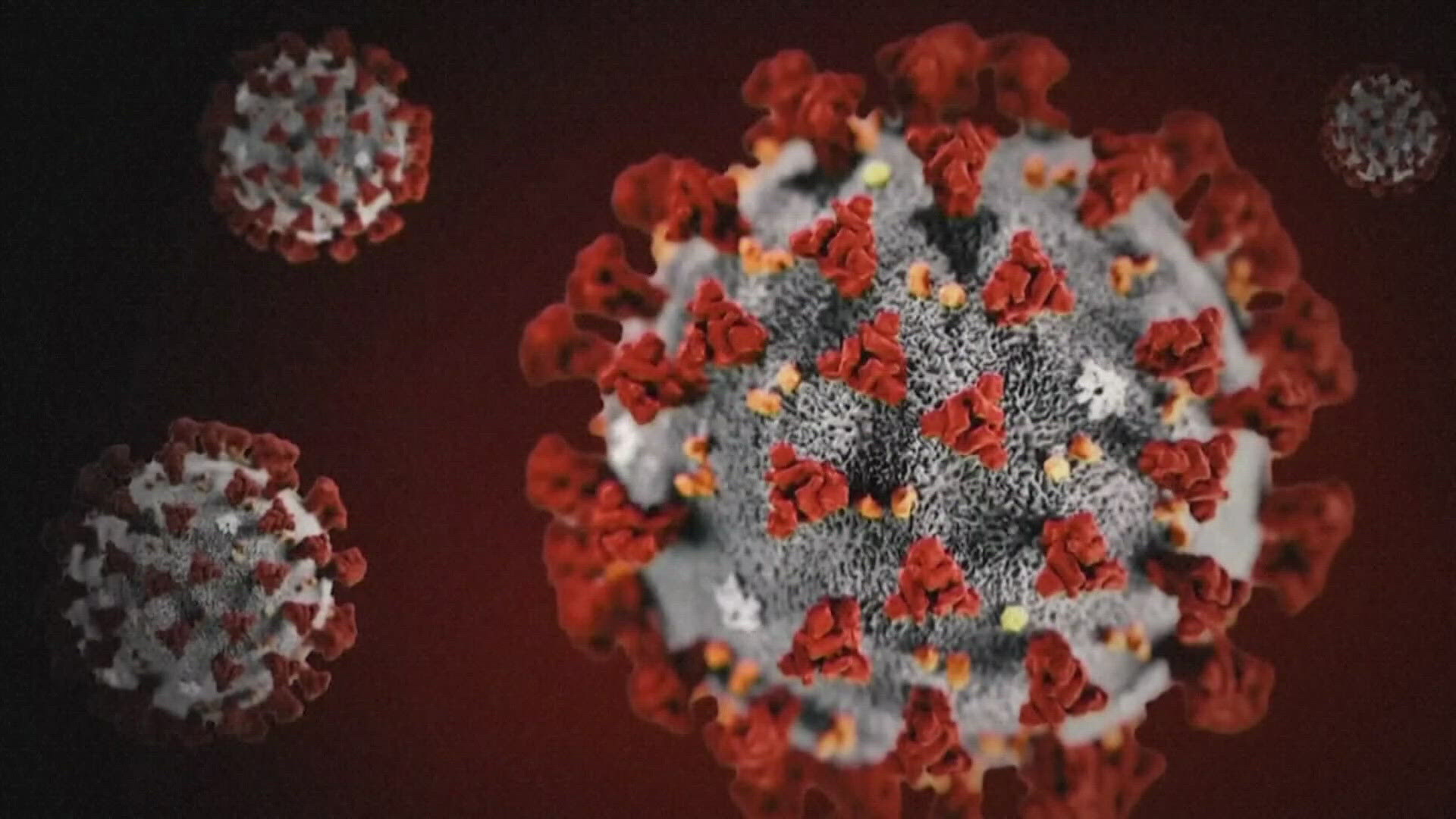CLEVELAND — More than four years after the start of the pandemic, COVID-19 remains a "very real threat" to Ohio, state health officials said Thursday.
Ohio Department of Health Director Dr. Bruce Vanderhoff urged Ohioans "not to get complacent" as deaths and hospitalizations continue to beleaguer the state.
According to ODH, an average of 35 Ohioans die of COVID-19 each week. As of Wednesday 958 people have died and 6,266 people have been hospitalized in the state this year.
“COVID-19 has not gone away, and it remains a very real threat,” Vanderhoff said in a news release. “The virus continues to evolve and can cause severe illness or death, particularly among those who are unvaccinated. As a state, we need to take caution to not let our guard down.”
The health department recommends that everyone older than six months receive the updated COVID vaccine to lower the risk of infection, hospitalization and death. U.S. regulators approved new COVID-19 shots designed to more closely target recent virus strains in August.
“With colder weather and the holiday season fast approaching, getting vaccinated is as important as ever, especially as we look forward to indoor gatherings with friends and loved ones,” Dr. Vanderhoff said. “This is particularly true for those ages 65 or older, as well as those who are immunocompromised or have certain chronic health conditions, as they are at greater risk.”
A new study from Case Western Reserve University found that teens and adolescents are more likely to be diagnosed with type 2 diabetes within six months of contracting COVID compared to other respiratory infections. Studies have also shown a link between COVID and type 2 diabetes in adults, ODH said.
The health department said vaccines are available to uninsured or underinsured children through the Vaccines for Children program. Adults without insurance coverage can contact their local health department or find a health center supported by the federal health Resources and Services Administration.

